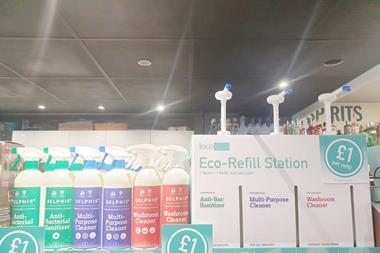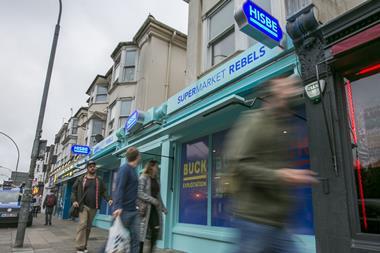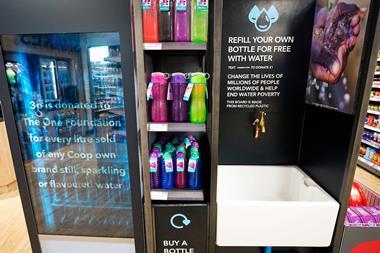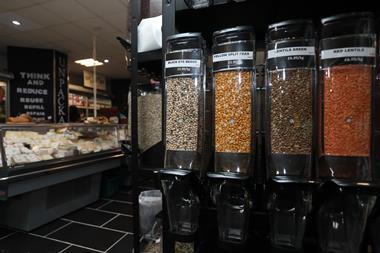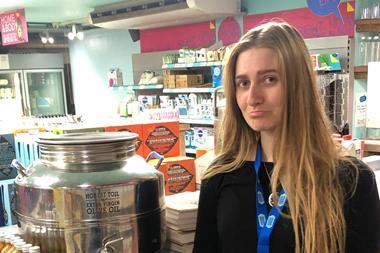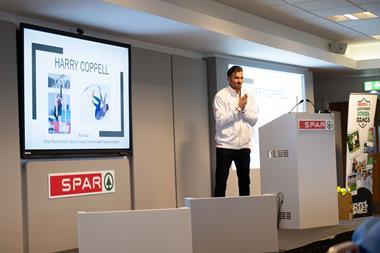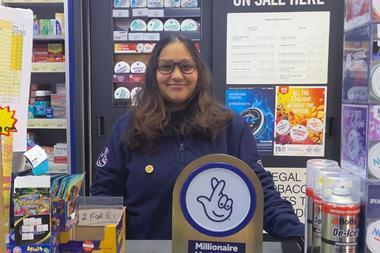Refillable solutions: Thrill and spills

There’s a huge public appetite for reducing plastic in retail, but there’s more to establishing a successful refillable solution than meets the eye. C-Store looks at the issues to consider
ALREADY HAVE A REGISTERED USER ACCOUNT? PLEASE LOG IN HERE
To read the full story join the ConvenienceStore.co.uk community today!
Registration is quick and easy and provides access to:
- Unlimited ConvenienceStore.co.uk articles
- Our great range of newsletters
- Content you’ve saved for later via the ‘my library’ feature
And much more…




















